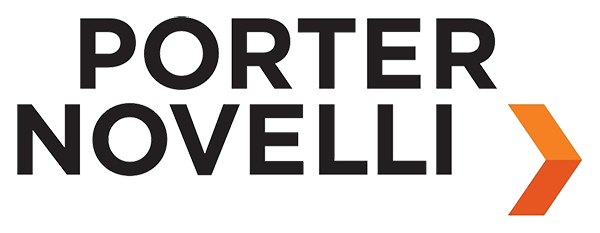Celebrating Disability Pride With Accessible Design and Inclusion
Celebrating Disability Pride with Accessible Design and Inclusion
This week we celebrated the 31st anniversary of the Americans with Disabilities Act (ADA) and marked the end of Disability Pride Month. The public and private sector took this time to understand the complexity, intersectionality and diversity of disability. Today, we look at three brand activations that honored the disability community through accessible design and inclusion.
- Earlier this month, Kellogg’s announced it will release revamped packaging that is accommodating people who are blind or visually impaired. For this effort, the cereal brand partnered with NaviLens – a company that creates digital solutions that allow visually impaired users to interact in the world more easily. Through leveraging this technology, the cereal brand will produce boxes that have unique codes on them. These codes can be detected and scanned by smart phones to play back audio on both labeling and allergen information. Kellogg’s tested these codes in 2020, and due to the success, it will permanently print these codes on all boxes in the U.K. in 2022.
- JCPenney also entered the accessible design space this month. The brand’s new private label, Thereabouts, includes products designed specifically for kids with disabilities. In fact, about 30 percent of the line’s 500 items contain adaptive features. The collection takes into account both sensory and dexterity needs by eliminating tags, applying easy-access opening and more. Michelle Wlazlo, Executive Vice President and Chief Merchandising Officer explains the brand’s motivation by stating, “We believe all kids should feel confident and capable in the clothes they wear, and parents should feel good about the clothes they buy.”
- Due to the fact the Schick Intuition combines both razor and shaving cream, the brand discovered it is favored by women with visual impairments. Schick embraced this discovery and launched the Content for All initiative in partnership with disability influencer, Molly Burk. This campaign is a dedication to intentionally creating products, content, and social media platforms with accessibility in mind. Brud Fogarty, Schick Intuition’s Brand Manager said the reason for this expansion and advocacy is that the company, “wants to build some brand love by showing people that we are ready to learn, all the time, about how to be more inclusive.”
We’ve spoken to the need for representation and the purchasing power of the disabled community, but today’s examples amplifies the business case for inclusive design. Disability touches 53 percent of consumers with $8 trillion in spending power, but only 4 percent of businesses are focused on making offerings inclusive of a disability. The demand for accessible design will continue to grow and the private sector must be prepared to make changes internally and externally to meet them.

